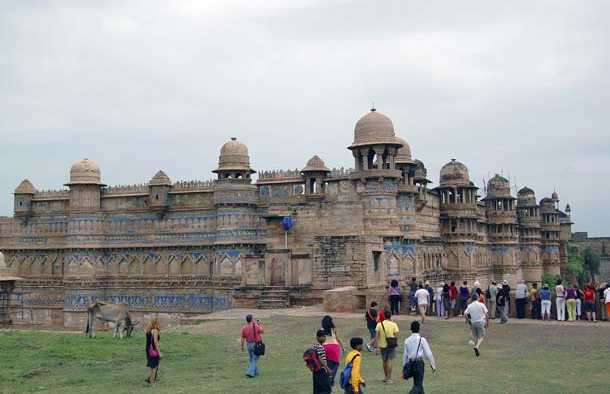viajero1979
Buddhist Monk
Don't hesitate to go to the bottom of the enclosure, where Buddhist monks live in what seems like an abandoned "home." You can see how he lives, as it says .... Gwalior is one of the Indian cities that I like the most. The views from the palace are beautiful.







